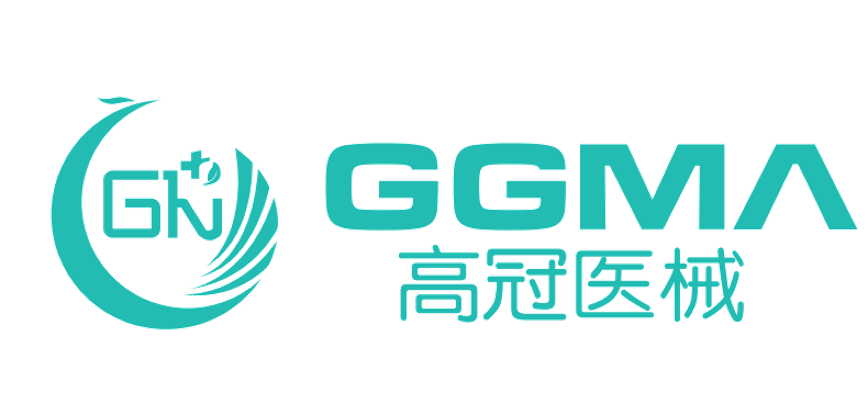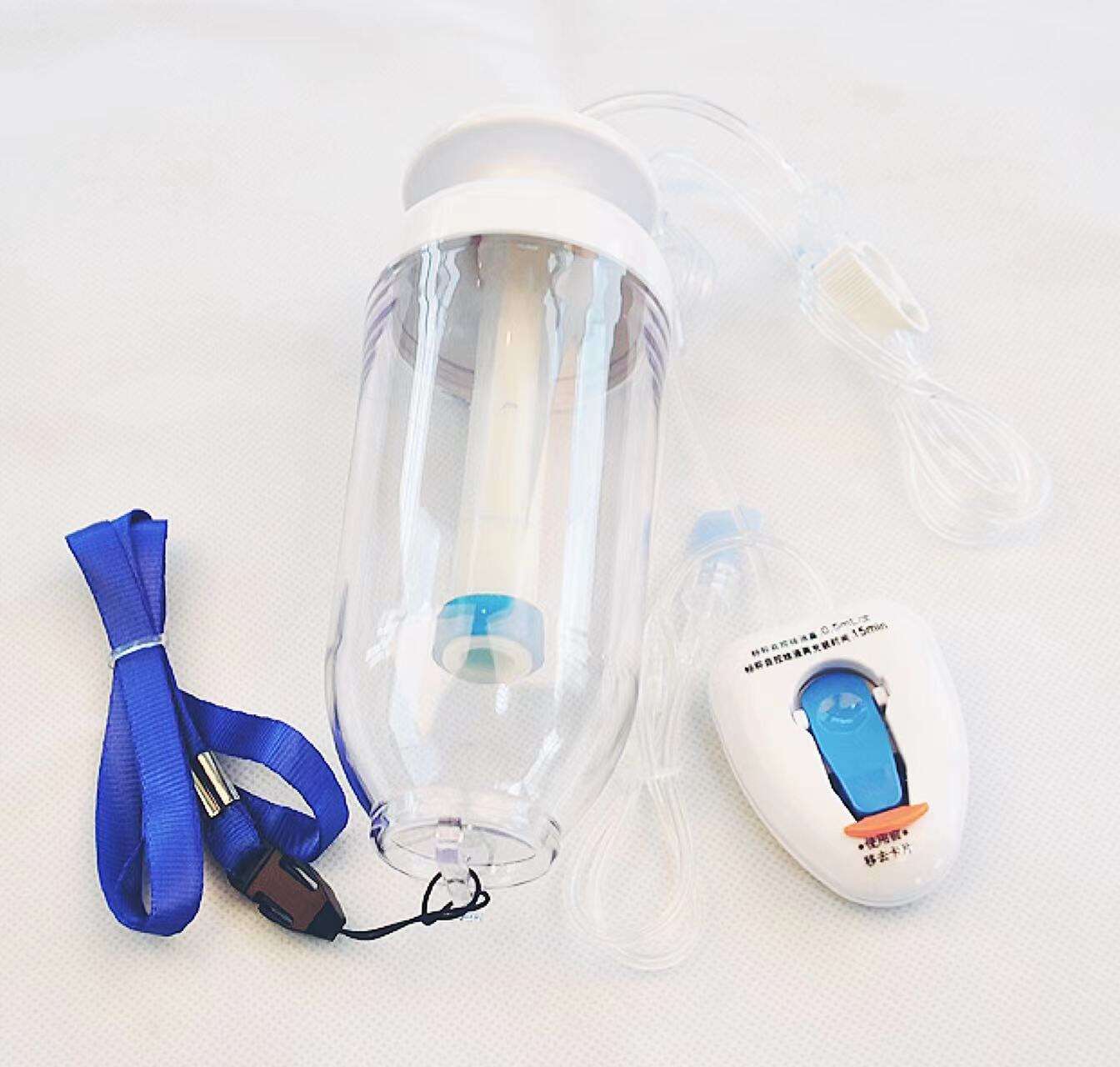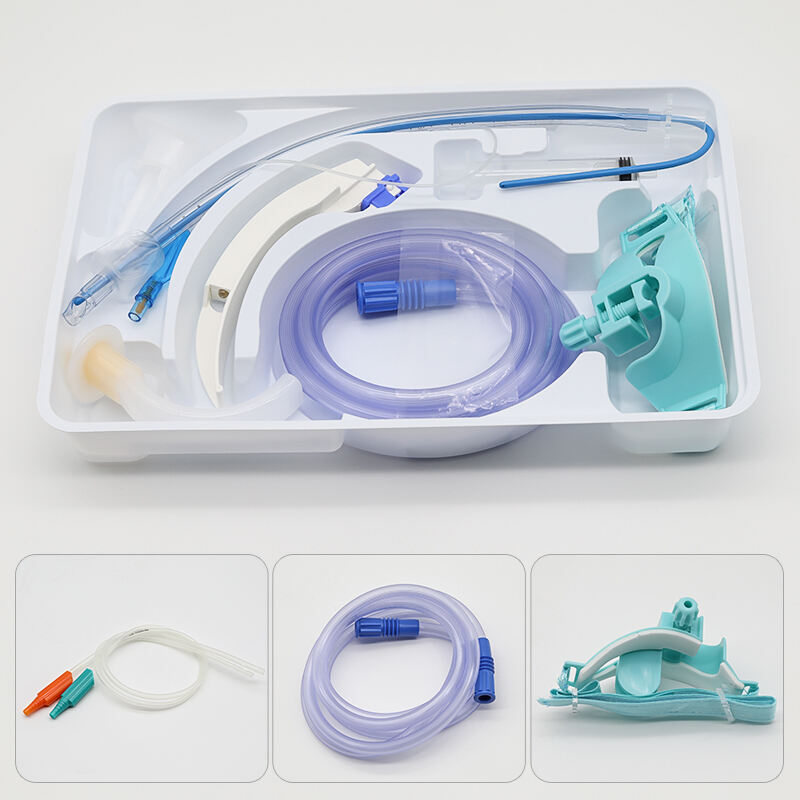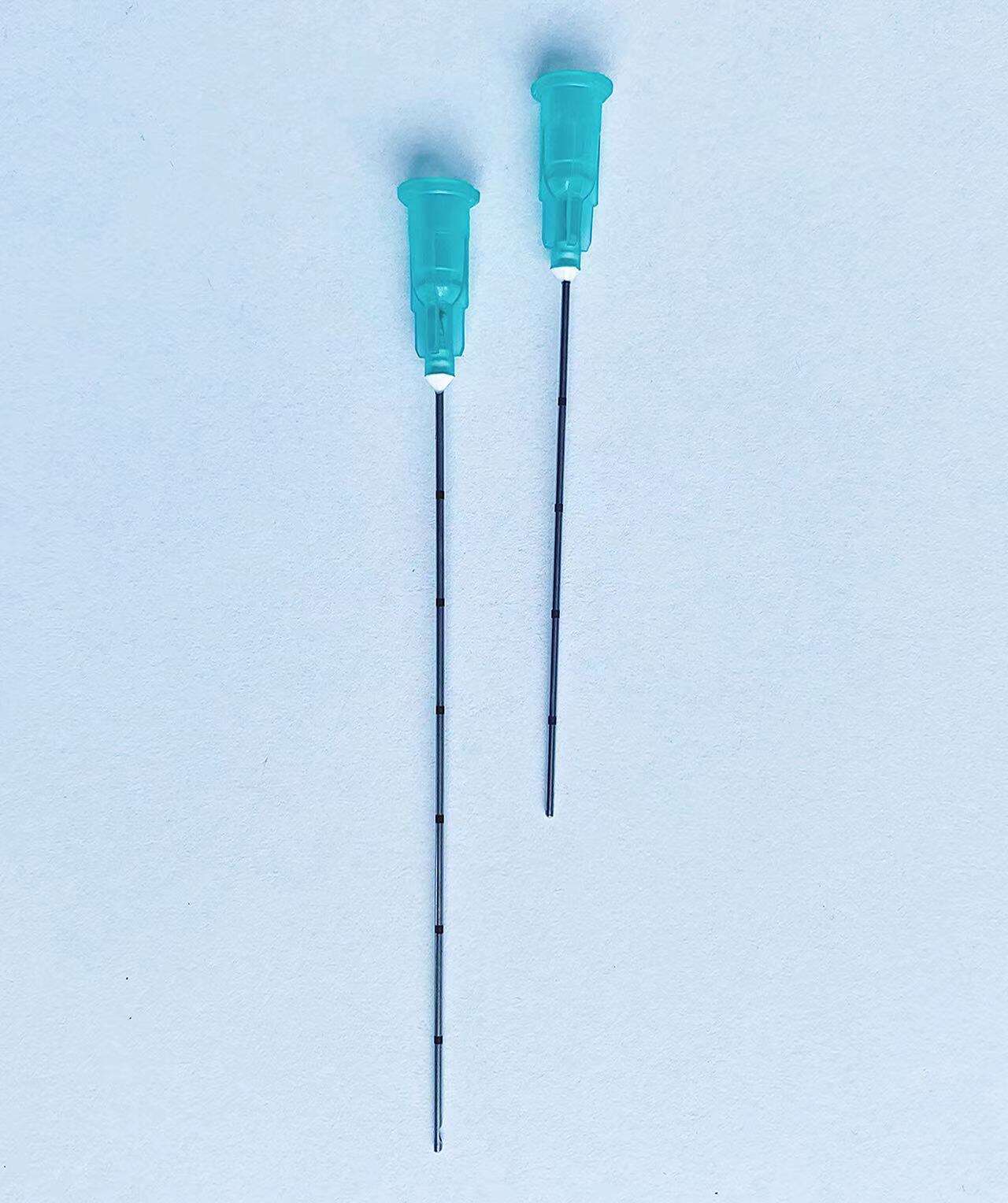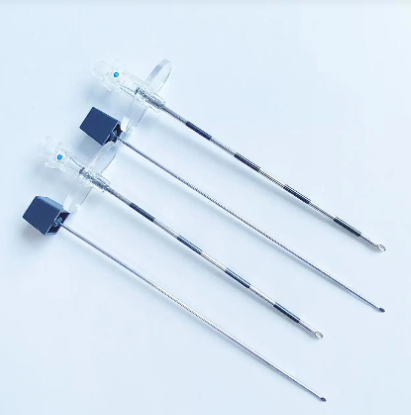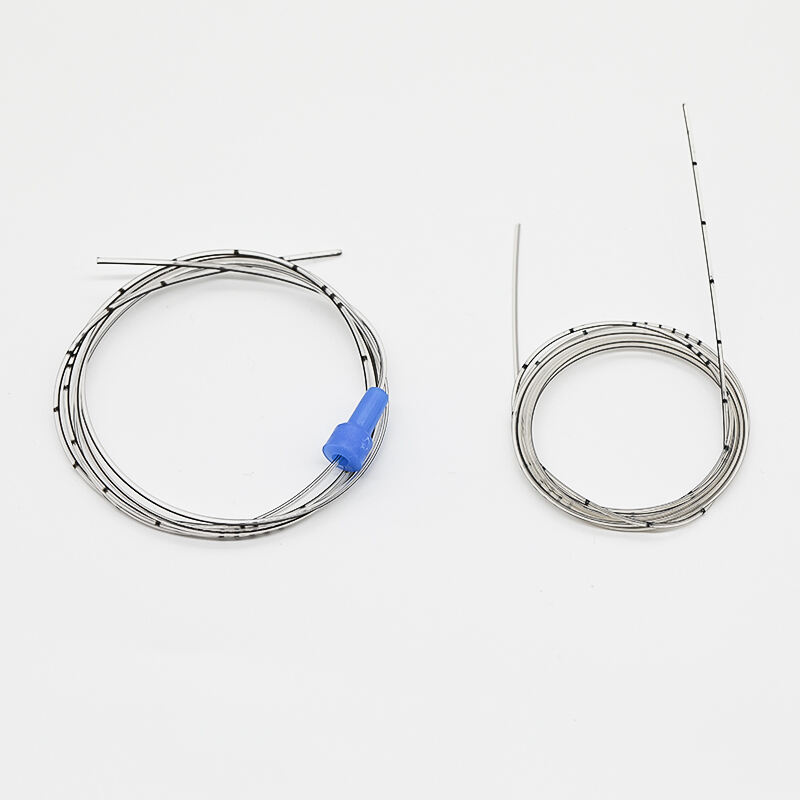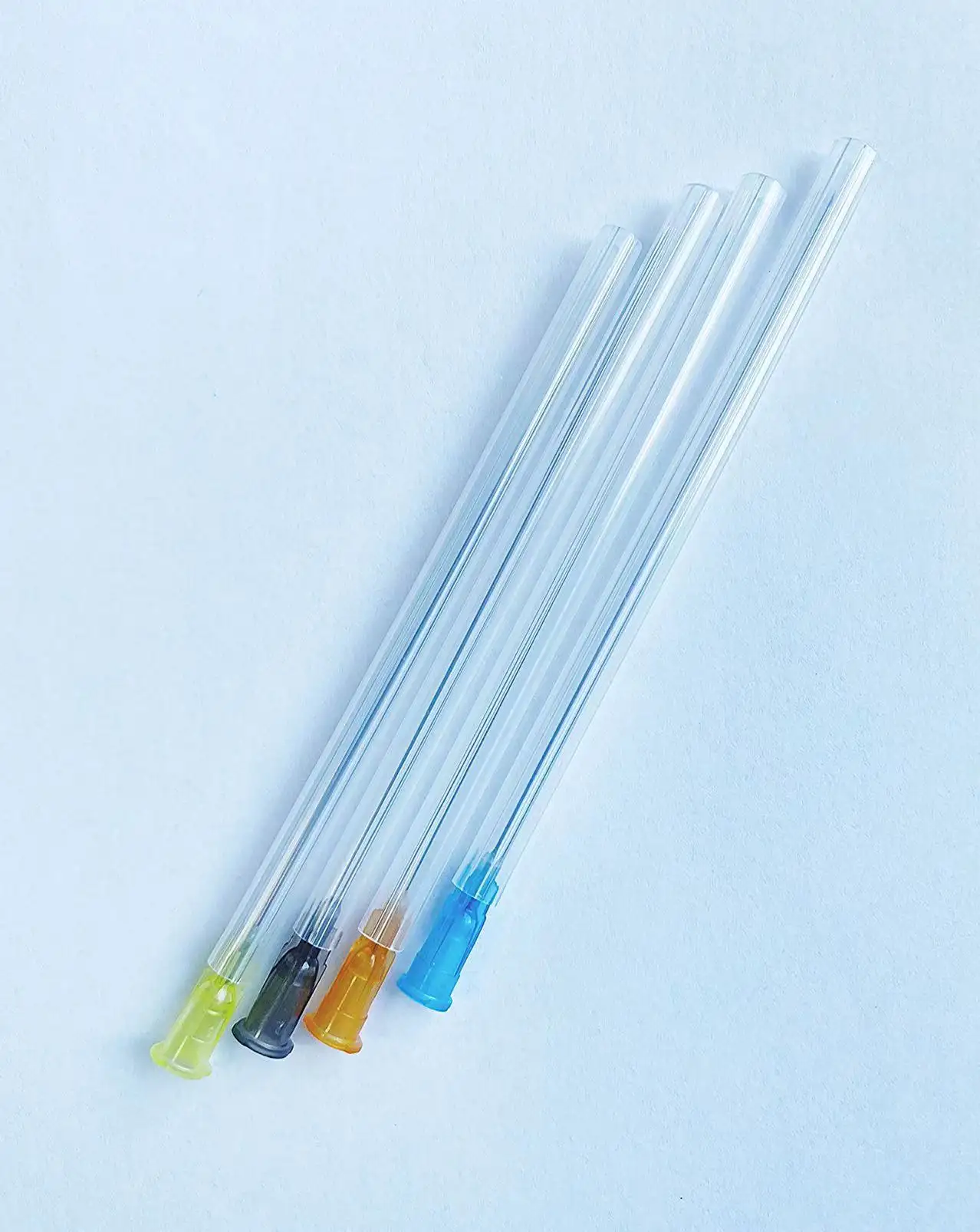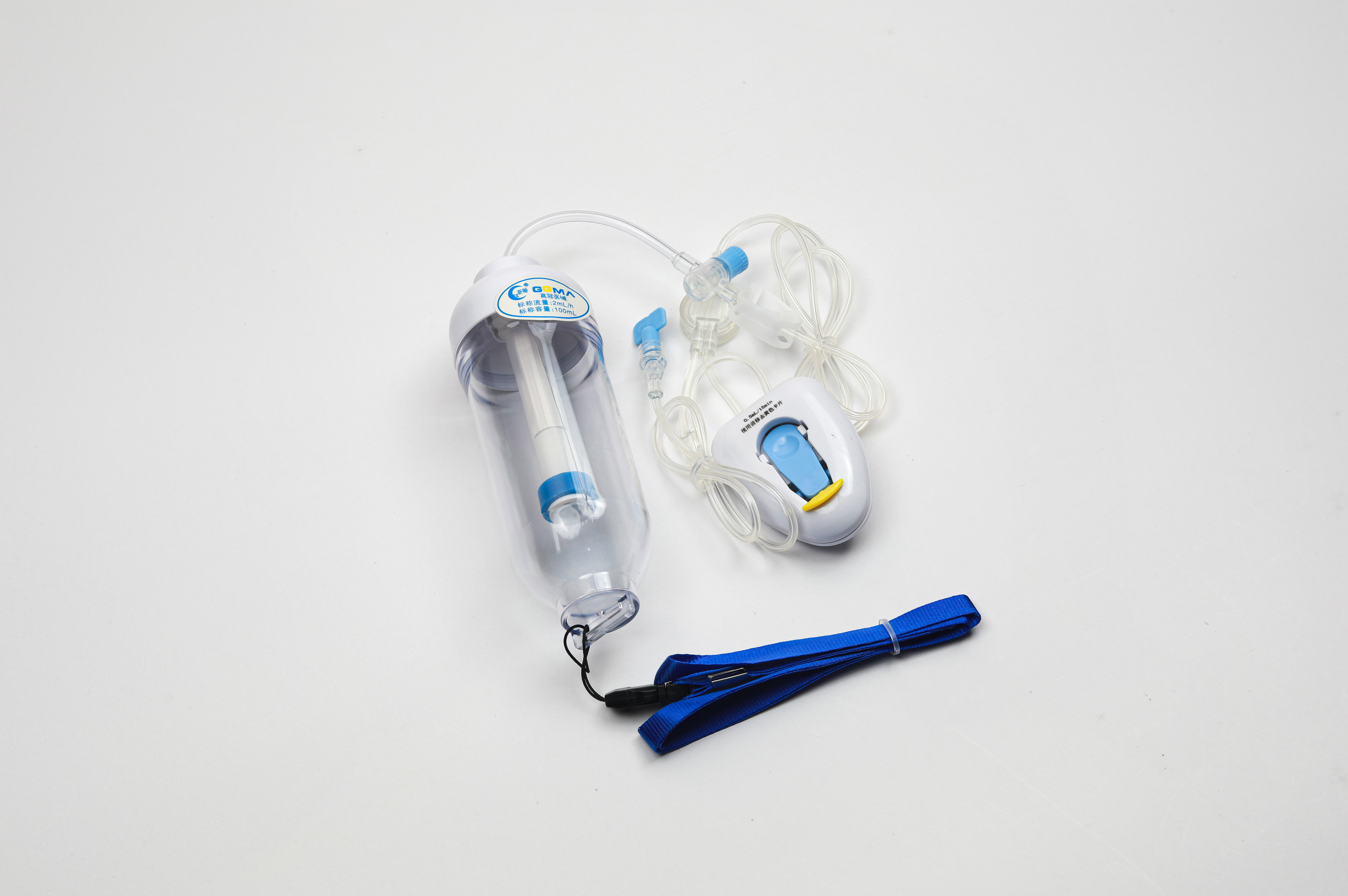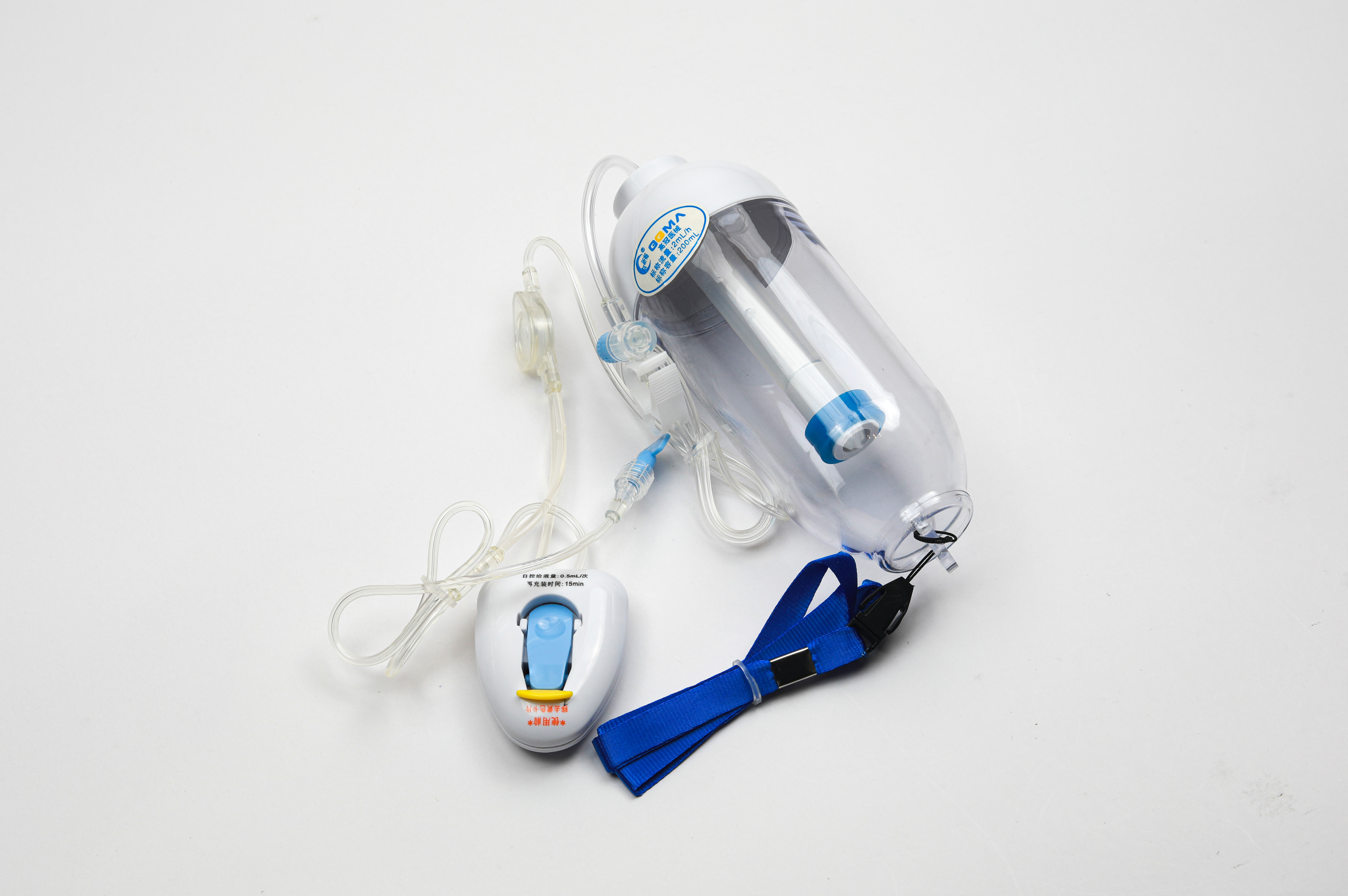types of medical pumps
Medical pumps represent critical healthcare devices that deliver precise fluid administration in various clinical settings. These sophisticated instruments ensure accurate medication delivery, nutritional support, and therapeutic interventions across hospitals, clinics, and home healthcare environments. Understanding the types of medical pumps available helps healthcare professionals select appropriate equipment for specific patient needs and treatment protocols. Infusion pumps constitute the most common category, delivering medications, fluids, and nutrients directly into patients' bloodstreams through intravenous access. These devices feature programmable flow rates, dose calculations, and safety mechanisms that prevent medication errors. Advanced infusion systems incorporate smart technology, drug libraries, and wireless connectivity for enhanced patient monitoring. Syringe pumps offer another essential type of medical pump, providing highly accurate small-volume delivery for critical medications like insulin, heparin, and chemotherapy drugs. These compact devices excel in neonatal intensive care, anesthesia, and research applications where precision matters most. Enteral feeding pumps facilitate nutritional support for patients unable to consume food orally. These specialized devices deliver liquid nutrition through gastric tubes, ensuring proper caloric intake and medication administration for patients with swallowing difficulties or gastrointestinal disorders. Ambulatory pumps enable patient mobility while receiving continuous therapy. These portable devices support outpatient treatment, allowing individuals to maintain normal activities while receiving medications like antibiotics, pain management drugs, or chemotherapy. Patient-controlled analgesia pumps empower individuals to self-administer pain medication within preset safety parameters. These devices improve pain management outcomes while reducing nursing workload and enhancing patient satisfaction. Dialysis pumps perform life-sustaining blood filtration for patients with kidney failure, incorporating multiple pump mechanisms for blood circulation, dialysate flow, and ultrafiltration control. Each type of medical pump incorporates specific technological features designed for particular clinical applications, ensuring optimal patient care and treatment outcomes.
